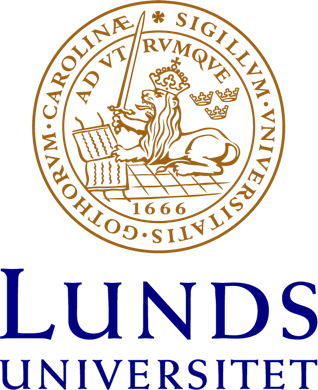Studies of Mucociliary Activity and Blood Flow in the Upper Airways, with Special Reference to Endothelins and Nitric Oxide
Popular Abstract in Swedish Slemhinnorna i näsan, bihålorna, nasofarynx (nässvalgrummet), örontrumpeten och främre delen av mellanörat, är beklädda med celler på vars yta det finns flimmerhår (cilier). De ciliebeklädda slemhinnorna är täckta av ett tunt slemskikt som transporteras av ciliernas rörelser. I slemskiktet fastnar inandade partiklar, bakterier och döda celler, och transporteras av cilieThe aim with this thesis was to investigate effects of vasoactive mediators on mucociliary activity and blood flow in rabbit and human experimental models. Mucociliary activity in vivo and ciliary beat frequency (CBF) in vitro were measured with photoelectric techniques. Blood flow was measured with laser Doppler flowmetry. Substance P (SP) and methacholine increased human nasal blood flow. Pretre
